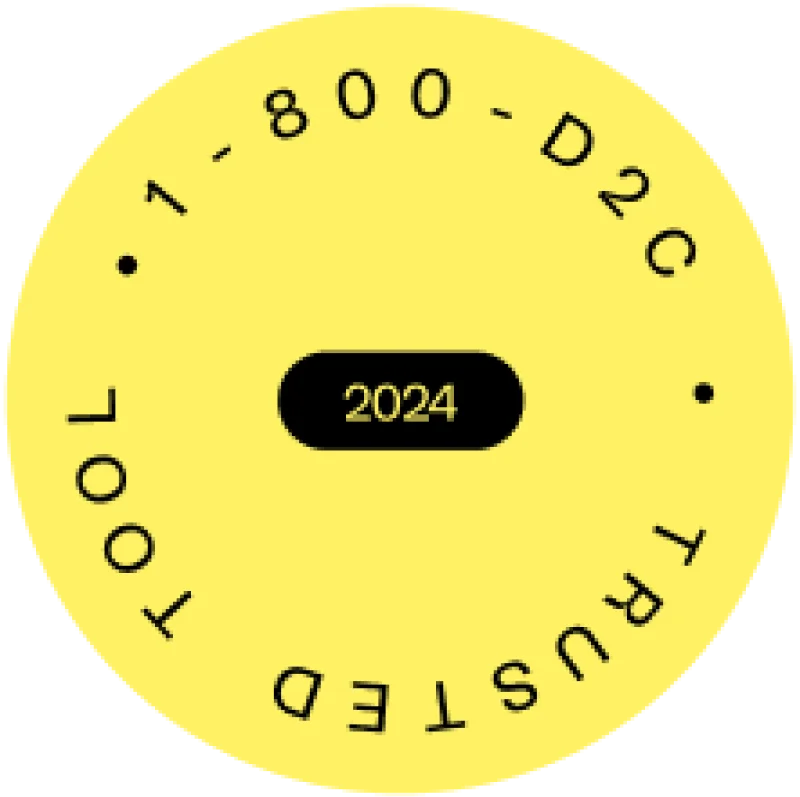Oops! Something went wrong
the resource you requested is not found, redirecting you now.
2261 Market St,
Suite 5931
San Francisco, CA 94114
Resources
US State Sales Tax GuidesCanada Province Sales Tax GuidesUS City Sales Tax GuidesSecurity & PrivacyBlogAPI Reference2261 Market St,
Suite 5931
San Francisco, CA 94114

